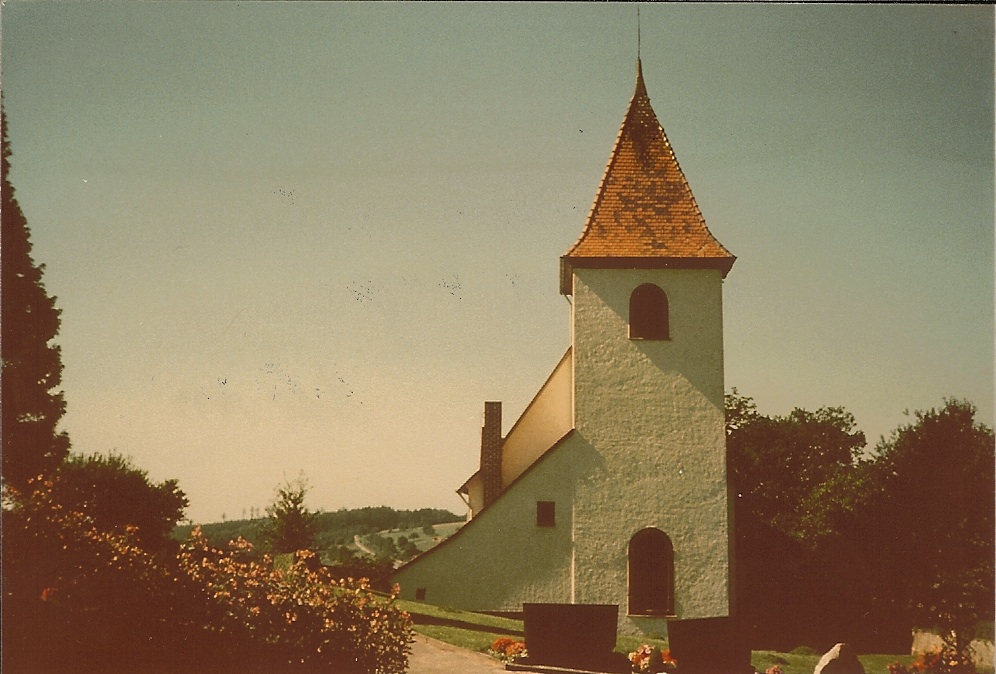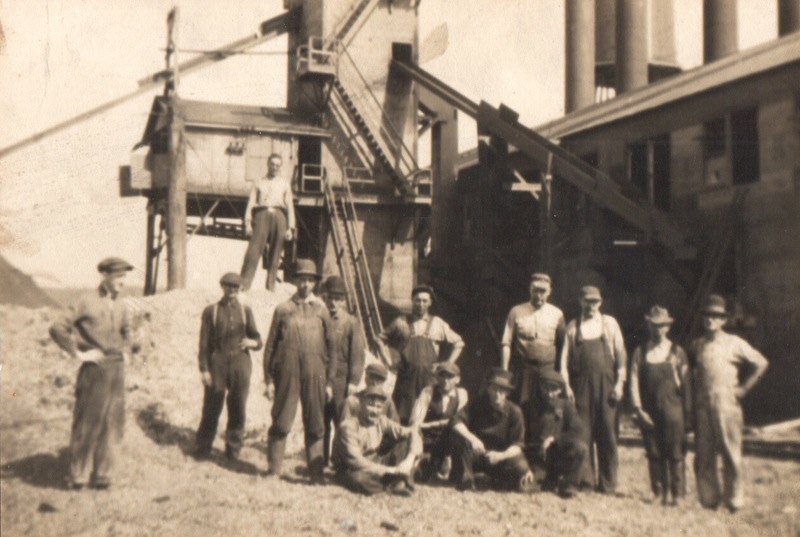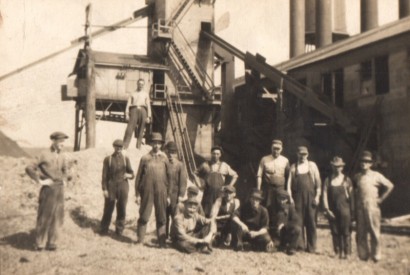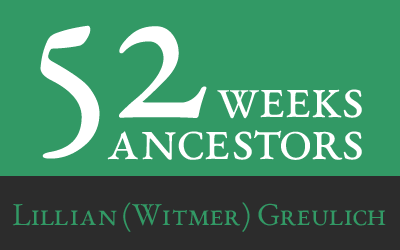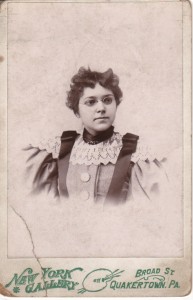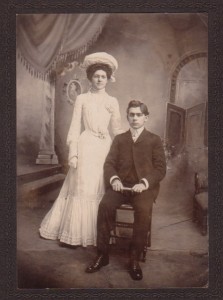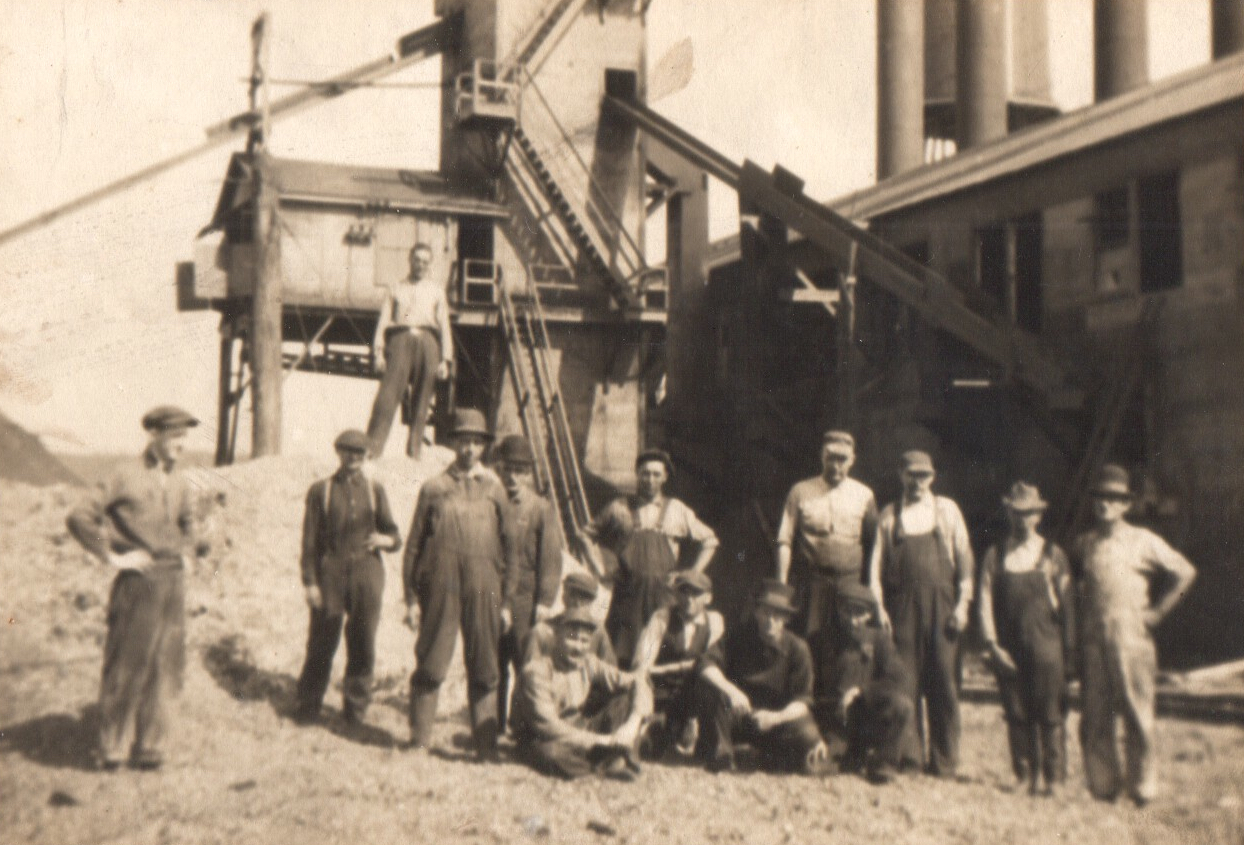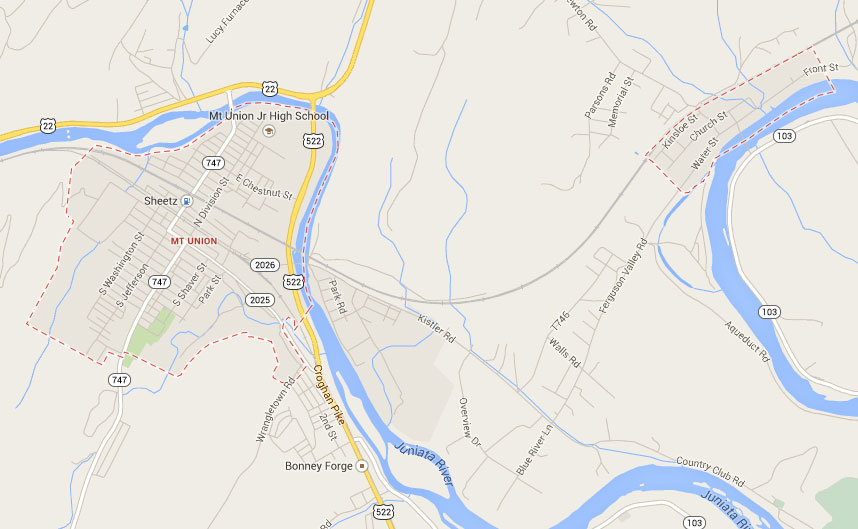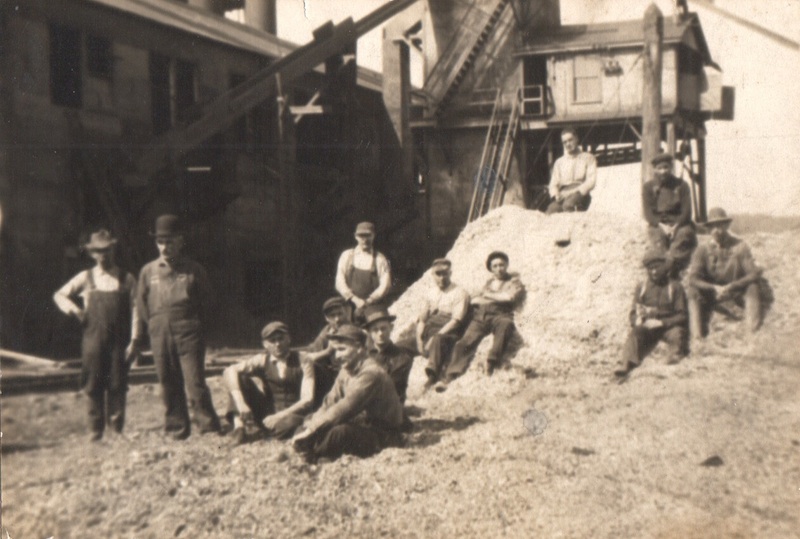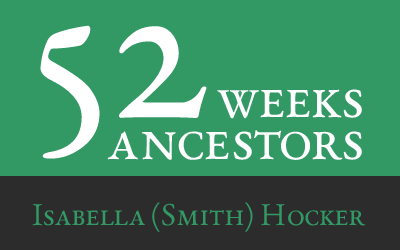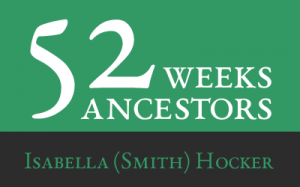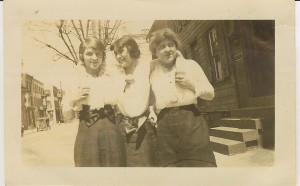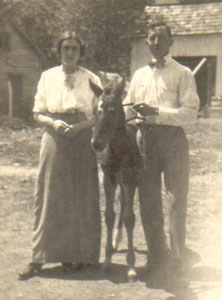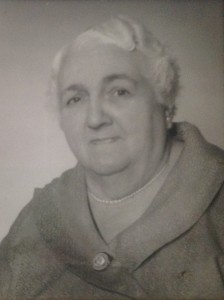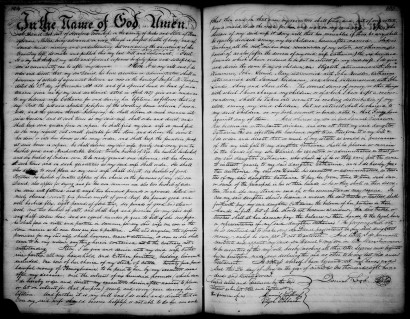In the name of God, Amen—
I Daniel Bob Senior of Hereford Township in the County of Berks and State of Pennsylvania, Miller, being advanced in years though in perfect health of body, and of sound mind memory and understanding, but considering the uncertainty of this transitory life, do make and publish this my last will and testament, in manner & form following, to wit:
First, it is my will that all my just debts and funeral expence by duly paid and satisfied as soon as conveniently can be after my decease.
Item, it is my will and I do order and direct that my son Daniel his heirs Executors or administrators, shall, in pursuance of Articles of agreement between us now in the hands of Joseph M. Thompson, dated the 12th day of December AD 1826 — and of a special bond, or bond of maintenance given me by my said son Daniel dated in April 1827; give and render unto my beloved wife Catharine, as follows, that is to say — first, the full & absolute possession of the dwelling house wherein I now reside, and the garden thereto belonging, he shall deliver so much manure into said Garden, and at such times as my wife shall order and direct, and shall keep said garden fence in repair, he shall find my said wife so much fuel as she may request, cut small, suitable for the stove, and deliver the same to her door, or into her house, as she my order, and shall keep the fountain pump at said house in repair. He shall deliver my said wife yearly & every year, ten bushels of merchantable wheat, twelve bushels of Rye, ten bushels buckwheat & six bushels of Indian corn, to be ready ground & delivered into her house as such times and in such quantities as my said wife shall order. He shall also deliver to such place as my said wife shall direct, six bushels of good potatoes, six bushels of winter apples, of her choice, on the premises of my said son Daniel; also apples for drying & for her own summer use. Also to barrels of cider, one swine well fattened & to weigh two hundred pounds or upwards, killed & nicely cleaned, seventy five pounds weight of good beef, ten pounds & well hatcheled flax, eight pounds of good [?], six pounds of good clean wool, & two [?] bushels of salt; and shall keep number and provide for my said wife an half dozen hens, and an equal number & year, to kill if she sees proper. He shall feed in winter and pasture in summer for my said wife, one cow, in the same manner as his own are fed & pastured. All and singular the aforesaid provisions for my said wife , shall however, cease I determine so soon as she shall cease to be my widow, anything herein contained to the contrary notwithstanding, —
Item I do give & devise unto my said wife Catharine, further, all my household & kitchen furnature; bedding linnen &c. included, one cow of her choice, of my stock of cattle; twenty five pounds of lawfull money of Pennsylvania, to be paid to her by my executors soon after my decease;d and the interest of six hundred pounds (which sum I do hereby order & direct my executors hereinafter named to place, or let remain on interest for that purpose) yearly & every year during her lifetime. And further it is my will and I do order and direct, that in case my said wife should become helpless, or not able to do her own work; that then and in that case my Executors shall find, and, out of my estate, pay, a maid to do the work for & wait, on, my said wife. —
After the decease of my said wife it is my will, that, her movables, if there by any, shall be equally divided among my six children, hereinafter named. —
And as touching all the rest and residue of my estate, not otherwise disposed of, as also (after the decease of my said wife Catharine) the six hundred pounds, which I have ordered to be put on interest for my said wife, I do give and devise to same to my six children, viz. Elizabeth intermarried with Isaac Kummerer, John, Daniel, Mary intermarried with John Beitler, Catharine intermarried with Samuel Reidnower and Sarah intermarried with John Landis, share and share alike — The several sums of money or other things with which I have charged my children, or of which I have kept a memmorandum, shall be taken into account, in making distribution of my estate, among my said children; but no interest shall be charged to my said children, on my book account, or bonds, notes &c. that I may have against any of them. —
And whereas my son in law Samuel Reidnower has become an intemperate drinker, and does not treat my said daughter Catharine as an affectionate husband aught to do, therefore it is my will I do order and direct, that so much of my estate as would in pursuance of this my will fall to my daughter Catharine, shall be placed, or remain in the hands of my son Daniel, his executors or administrators, in trust for my said daughter Catharine, who shall if he or they can put the same to interest, and pay the said interest, yearly to my said daughter Catharine, and I do hereby further authorize my said son Daniel, his executors or administrators, as trustees of my said daughter Catharine to pay here from time to time such sum or sums, of the principle in his or their hands, as he or they shall in their discretion, think, she may stand in need of or her circumstances may require —
In case my said daughter should become a widow, the said trustee or trustees, shall forthwith, pay my said daughter Catharine, the ballance of her portion, in their hands, in full, but is she should no become a widow, the said trustee or trustees shall at her decease pay the ballance in their hands, to the legal heirs or representatives of my said daughter Catharine — The foregoing shall not be so construed as to make my son Daniel pay interest on my said daughters money, unless he can put it out to interest
And lastly I do nominate constitute and appoint my said son Daniel & my son in law Isaac Kummerer, to be executors of this my will, hereby revoking all others wills legacies & bequests by me heretofore made, and declaring this and no other, to be my last Will & Testament — In Witness whereof I have hereunto set my hand and seal this 26 day of May in the year of Our Lord one thousand and eight hundred and twenty seven.
Daniel Bob {seal}
Signed Sealed & declared by the said testator as his last will & testament in the presence of us
Henry Eshbach
Elijah Eshbach
Berks County Ss —On the 19th day of March AD 1835 Then appeared Henry Eshbach and Elijah Eshbach and being duly sworn according to law, did depose and say that they were present and saw and heard the Testator sign, seal, publish, pronounce and de- this instrument of writing as and for his last Will and Testament and that at the time of the doing thereof he was of sound mind memory and understanding to the best of their knowledge, observation & belief.
Jer. Snyder Dept Reg’r
Letters Testamentary in Common form were granted to Daniel Bob & Isaac Kummerer
Daniel Bobb Sr. was buried in Hill Church Union Cemetery in Boyertown, Berks County, Pennsylvania. Daniel named his wife Catharine and six children in his will.

